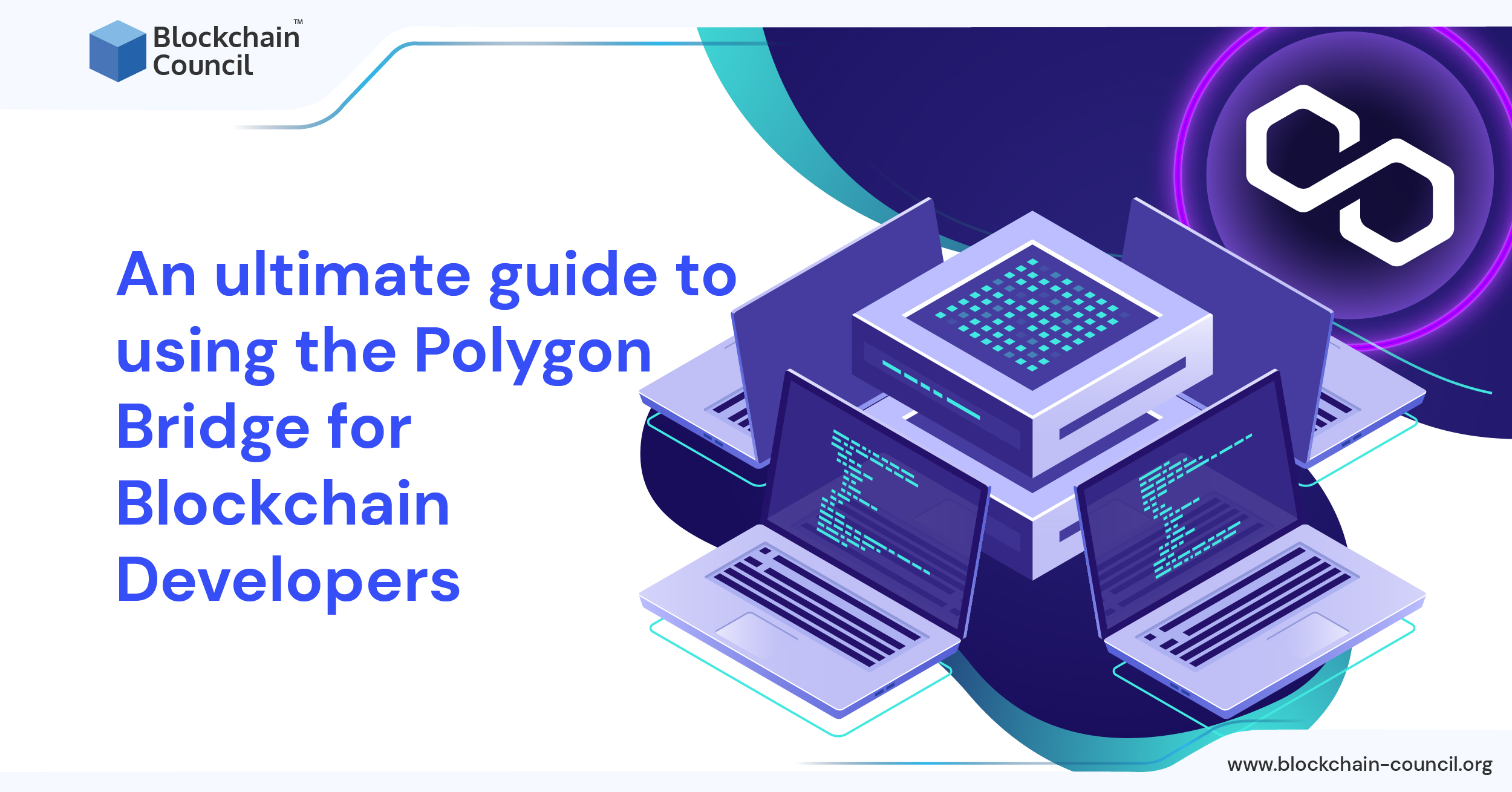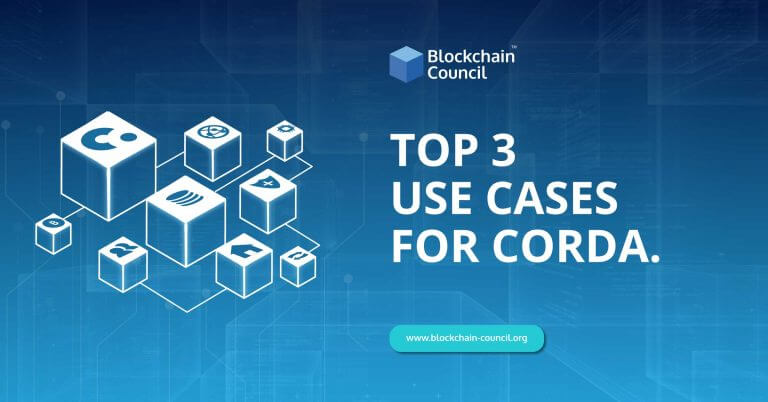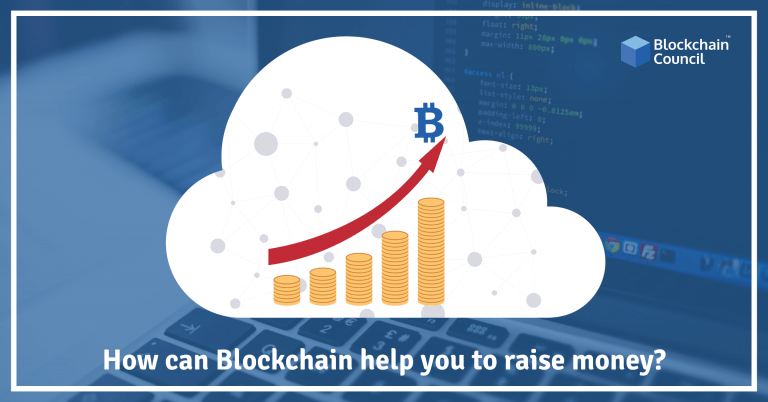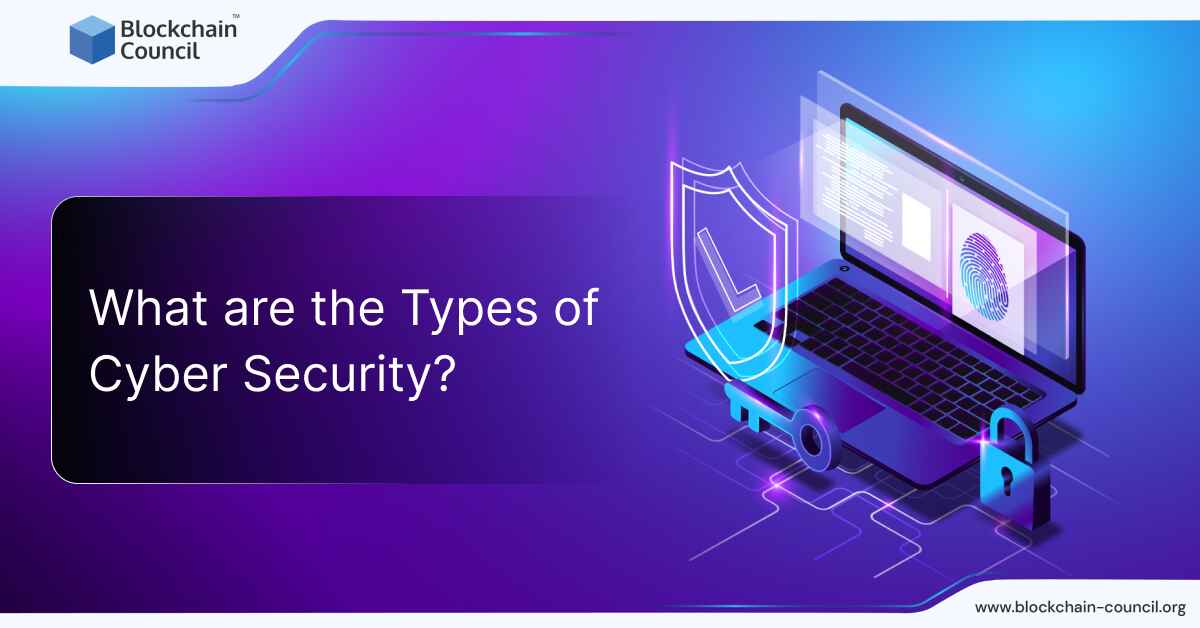
- Anshika Bhalla
- December 29, 2022
Developing on the Blockchain can be difficult and an extensive task, but with the right set of technologies, you can easily build scalable and reliable solutions on Blockchain. Today, we’re going to introduce the Polygon Bridge, a framework that makes it easier than ever to get started with Blockchain development.
The Polygon Bridge allows you to develop and deploy Ethereum-based decentralized applications without writing a single line of code. This blog will show you how to build your Blockchain application using the Polygon Bridge.
Interested in Polygon development? Check out our latest polygon Blockchain development course and become Polygon Developer today!
What is the Polygon Bridge?
The Polygon Bridge is a framework that helps developers build Blockchain applications. It’s a modular library that lets you create contracts, transactions, and other blockchain-related code in Python.
The Polygon Bridge is also unique because it was built specifically for Python. That makes it one of the most user-friendly options for developers who want to get into Blockchain development but are unfamiliar with Solidity, the most popular language used for Ethereum development.
Benefits of integrating Polygon Into your Blockchain Project
Here are some of the benefits of integrating Polygon into your project:
- Increased scalability: By leveraging Polygon’s Layer 2 scaling solutions, your Blockchain project can increase its transaction throughput to thousands of transactions per second. This can help reduce transaction costs and increase the speed of transactions.
- Reduced costs: Polygon’s Layer 2 solutions can help reduce transaction costs for your Blockchain project. This can help make the project more attractive to potential users looking for an affordable way to use Blockchain technology.
- Increased security: Polygon’s security mechanisms are designed to help prevent malicious actors from taking control of the network or compromising user funds. This can help to ensure that your Blockchain project is secure and reliable.
- Ease of integration: It is easy to integrate Polygon into your existing Blockchain project. Polygon’s APIs and SDKs make it easy to integrate the platform into your existing project quickly.
- Increased user adoption: By leveraging Polygon’s Layer 2 solutions, your project can offer users a better experience and more features, resulting in increased user adoption.
How does the Polygon Bridge work?
It allows developers to connect different Blockchain platforms, allowing greater interoperability and communication between chains. This is done by creating bridges between chains, which allow data to be transferred securely and quickly between them.
This is a great help for developers, as they can build applications that span multiple blockchains. It also allows them to harness the power of different chains, using the features of each one to create powerful new applications.
Read More- Impact Of Blockchain On Marketing And Advertising In 2022
What are the Use Cases with the Polygon Bridge?
The Polygon Bridge is a versatile tool with various use cases for Blockchain developers.
For one, it can be used to create and manage smart contracts. With the Polygon Bridge, you can easily deploy, test, and manage contracts. This is a powerful tool for developers who want to streamline the contract-creation process.
The Polygon Bridge can also be used to develop decentralized applications. This is a key requirement for any dApp development project. With the Polygon Bridge, you can quickly and easily create the back-end logic for your dApp.
In addition, the Polygon Bridge can be used to manage multiple layers of Blockchain and their nodes. This is an important task for any Blockchain developer. With the Polygon Bridge, you can easily keep track of your nodes and keep them up and running smoothly.
How to get started with the Polygon Bridge
Getting started with the Polygon Bridge is surprisingly easy. You need a web browser and the MetaMask Chrome extension to start a secure connection with the Ethereum Blockchain.
Once you’ve installed the MetaMask plugin, you can create your account and connect it to the Polygon network. This process requires authentication and generates a unique address for your account. Once this is done, you’ll have access to the Polygon Bridge.
You can also use tools such as Remix IDE or EthFiddle to write code that interacts with the Ethereum Blockchain through transactions or smart contracts. You can even use frameworks such as Truffle and OpenZeppelin to build decentralized applications on Ethereum. These tools are easily accessible to developers of all levels, making it easy to get up and running quickly.
Visit Blockchain Council and check out 50+ top-notch quality certification and blockchain education courses.
Common Challenges and Problems With Polygon Bridge
Using the Polygon Bridge may encounter some common challenges and issues.
For starters, setting up the Polygon Bridge can be tricky due to its complicated Ethereum integration. It requires a lot of steps and multiple components working together that have to be configured properly for it to function properly. In other words, if even one component isn’t working correctly, it won’t work as a bridge.
Also, since you’re connecting two blockchains (Ethereum and Polygon) with the bridge, there can be compatibility issues between the two regarding transaction protocols and other technical nuances. This is why having an experienced developer on your team is essential; they’ll know how to troubleshoot any potential issues that may come up during development.
And, of course, there are always the usual challenges associated with developing a distributed ledger technology (DLT), such as scalability, privacy, and security. Fortunately, Polygon has recently launched new tools designed for developers creating applications within its ecosystem. This includes libraries that make accessing essential functionalities like a token exchange and off-chain transactions easier.
Read More- Merkle Trees Vs. Verkle Trees: All You Need To Know
How do we bridge tokens from Ethereum to Polygon via the PoS Bridge?
From the Ethereum network, you can use the PoS Bridge to transfer tokens over to the Polygon network. The first step is to generate a bridge address on the Ethereum network. You can do this by visiting the official Bridge web page and clicking on the Create New Address button.
Enter the details as prompted on the screen. For Token Contract Address, paste the Ethereum token’s contract address you wish to transfer. For Chain ID, type in the polygon. You can leave the remaining fields blank.
Click on Generate Address, and you will be given a bridge address and private key. Keep this information safe, as it will be required to transfer tokens from Ethereum to Polygon.
How do we bridge tokens from Polygon to Ethereum via the PoS Bridge?
Bridging tokens from Polygon to Ethereum can be done in two steps: first, you need to set up a proof-of-stake bridge, and then you need to bridge the tokens. Now, let’s look at how to do that in more detail.
To set up the proof-of-stake bridge, you’ll need to deposit ETH and ERC20 tokens on an Ethereum smart contract. This will be used as collateral on the Ethereum side of the bridge and needs to be at least twice the value of all tokens being bridged. Once you’ve got that set up, you’re ready for the second step.
The second step involves bridging those tokens from the Polygon side to the Ethereum side. To do this, you’ll need to submit a transaction on the Polygon network with information about your proof-of-stake bridge and token information for each token that needs to be bridged. Make sure that you have enough ETH available in your account for both transacting and gas fees; this will ensure that your transaction goes through quickly.
Once this is done, your tokens should be bridged from the Polygon side to the Ethereum side!
Read More- The Ultimate Guide To Decentralized Identity In Blockchain
How do we bridge tokens from Polygon to Ethereum via the Plasma Bridge?
If you want to bridge your ERC20 tokens from the Ethereum network to Polygon, you’ll need to use the Plasma Bridge. Plasma Bridge facilitates with Plasma exit mechanism, which guarantees immutable security. Transferring tokens from one network to the other happens quickly and safely, and compared to the PoS bridge, this bridge is easier to use.
What happens is that your tokens are validated on the Ethereum side and then transferred over the Polygon Bridge. Once they’re on Polygon, they become a mirrored version of their Ethereum-based counterparts, with unique addresses and ticker symbols.
The whole process takes just a few minutes, depending on network congestion. As with any bridge, you’ll need some ETH or MATIC to pay the transfer fees. So it’s important to ensure you’re well-prepared before beginning your token transfer journey!
Tips for Optimizing the Polygon Bridge for Blockchain Developers
If you’re looking to take advantage of the features Polygon Bridge provides, there are a few things you can do to ensure you get the most out of it.
- Ensure you understand how the Polygon Bridge is structured and fits into your existing infrastructure. For example, if you’re using it to connect two separate chains, ensure that each chain is optimized for different tasks so that one can take care of smart contracts and the other can be used for data storage.
- Try to find ways to leverage the characteristics of the bridge. Specifically, look into ways you can use its flexibility and scalability. The bridge supports different types of transactions across multiple blockchains simultaneously so they can all work smoothly and efficiently.
- Finally, ensure that your developers are comfortable using the bridge by providing them with the necessary training and resources. The more comfortable they are with using it, the easier it will be for them to spot any potential issues and optimize the bridge’s performance.
Read More- What Is XRP Ledger (XRPL)? How Does It Work?
Conclusion
Overall, Polygon Bridge is an invaluable tool for any Blockchain developer. It provides a comprehensive suite of tools to help developers quickly and easily create and deploy Blockchain applications and projects. Moreover, it is also a great tool for developers looking to collaborate on projects and build on existing Blockchain solutions. With its intuitive user interface, developers can easily create and deploy applications and manage their projects. If you are new to Blockchain development, you may start developing using Polygon Bridge today!
Found it fascinating? Why not become an expert in the field of Web3? Visit Blockchain Council and check out 50+ of our advanced Blockchain, NFT, Web3, and Metaverse certification courses.





































































 Guides
Guides News
News Blockchain
Blockchain Cryptocurrency
& Digital Assets
Cryptocurrency
& Digital Assets Web3
Web3 Metaverse & NFTs
Metaverse & NFTs
